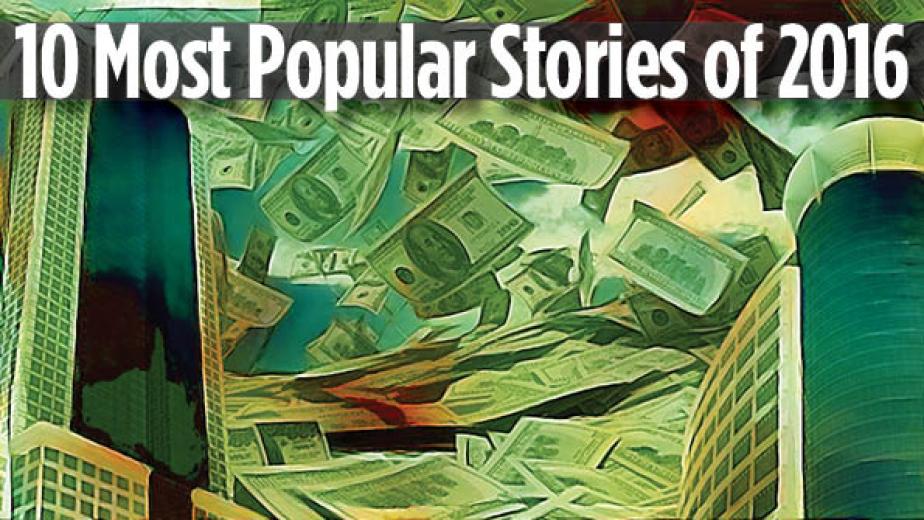1 11
1 11
In a year marked by rising interest rates, a highly contested Presidential election and volatility abroad, which stories did our readers seem to enjoy most? Here’s a rundown of the most popular stories from 2016.
Cabela’s and Bass Pro both specialize in outdoor recreation, but the similarities end there. Their strengths go far beyond fishing, hunting and hiking gear, and the differences between them might actually strengthen a case for consolidation. Despite initial appearances, including reaching customers in the U.S. and Canada, the two retailers operate different business lines and are under different corporate structures.
The U.S. employment gains continue to be strong, with unemployment dropping below 5.0 percent earlier this year, and adding to demand for housing in a variety of forms, for office space, for the retail sector and for industrial/distribution facilities. While many fear the end of the current economic cycle, the fact that the recovery was so protracted leads me to believe that we may have another two years left in the current growth cycle.
Zell noted that he doesn’t see much opportunity in the capital markets today. “Our whole world was built based on the assumption the pie would grow. Nobody has come up with a solution as to where that growth will come from,” Zell replied when asked about his assumptions for the next decade of real estate investment. Although experts at the Sept. 28 conference spoke about a variety of factors impacting investment strategies this year, the main thread was the search for opportunity.
Though perhaps best known for its prominent role in the steel industry from the late 1800s through the early 1980s, Pittsburgh is beginning to look like an emerging tech hub. With Facebook’s big announcement in January that it would open a research center for its Oculus virtual-reality division in the city, the social media giant became the latest in a string of major tech companies, including Google, Apple and Uber, to open offices in Pittsburgh in the past few years.
It’s a tough time to pick the strongest apartment markets. That’s because the markets with the strongest demand from renters are also the places where developers are the most eager to build new projects. As a result, the strongest and weakest markets so far in 2016 tend to be places where some kind of surprise has upset developers’ calculations—for better or worse.
It’s no secret that foreign investors, from sovereign wealth funds to insurance groups, have been eager to park their money in U.S. commercial real estate lately. A new report from commercial real estate services firm Newmark Grubb Knight Frank breaks down exactly how much money was spent, who was spending it and what they were spending it on in recent months.
Pricing and liquidity have been very attractive for self-storage units. Treasuries have been at record low rates, with the 10-year note yielding around 1.57 percent. Although cap rates are not tightening as dramatically as they have in the past on self-storage properties, the cost of borrowing results in very lucrative transactions.
While many say we are headed towards another recession and they are right—no one knows just when,—I don’t see an epic crash ahead as I don’t see any major factors that would cause such a crash. The issues that we have today, such as high government debt, large deficits (budget and current account), slow wage growth, low consumer spending and flat corporate profits, have been around for a while and are baked-in to the market.
Developers like Waterton specialize in “value-added” projects that improve older buildings, raising the rents and attracting residents who want more than a typical, aging class-B or class-C property, but who can’t pay the kinds of rents currently being charged for new class-A apartments. These value-added projects benefit from the strong demand for apartments overall, without having to compete with the hundreds of thousands of more expensive, luxury units now under construction.
Net absorption is expected to continue to decelerate over the next few quarters as those who have extended their leases beyond the typical period finally start to buy homes. At the same time, supply growth should stay strong. While rent growth will disappoint compared to recent years, it should remain positive. A vacancy rate of 6.3 percent seems high relative to the recent past, but it is still in line with the U.S. historic average of 6.0 percent from 2001 through 2010.

